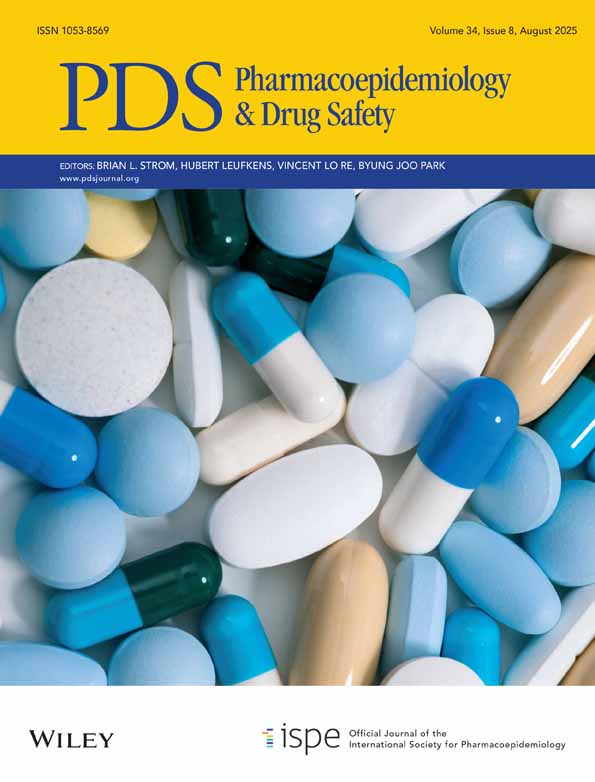A comparison of measures of disproportionality for signal detection in spontaneous reporting systems for adverse drug reactions
Abstract
Purpose
A continuous systematic review of all combinations of drugs and suspected adverse reactions (ADRs) reported to a spontaneous reporting system, is necessary to optimize signal detection. To focus attention of human reviewers, quantitative procedures can be used to sift data in different ways. In various centres, different measures are used to quantify the extent to which an ADR is reported disproportionally to a certain drug compared to the generality of the database. The objective of this study is to examine the level of concordance of the various estimates to the measure used by the WHO Collaborating Centre for International ADR monitoring, the information component (IC), when applied to the dataset of the Netherlands Pharmacovigilance Foundation Lareb.
Methods
The Reporting Odds Ratio−1.96 standard errors (SE), proportional reporting ratio−1.96 SE, Yule's Q−1.96 SE, the Poisson probability and Chi-square test of all 17 330 combinations were compared with the IC minus 2 standard deviations. Additionally, the concordance of the various tests, in respect to the number of reports per combination, was examined.
Results
In general, sensitivity was high in respect to the reference measure when a combination of point- and precision estimate was used. The concordance increased dramatically when the number of reports per combination increased.
Conclusion
This study shows that the different measures used are broadly comparable when four or more cases per combination have been collected. Copyright © 2001 John Wiley & Sons, Ltd.




